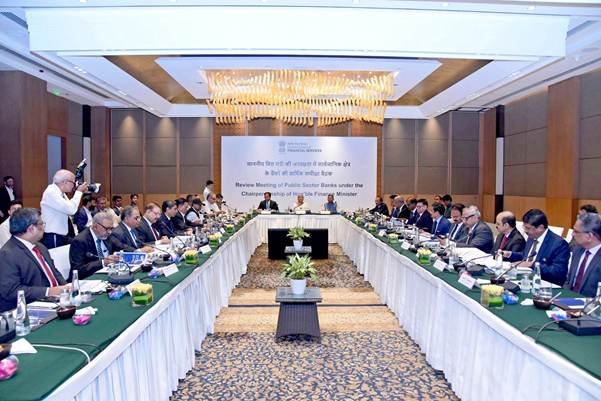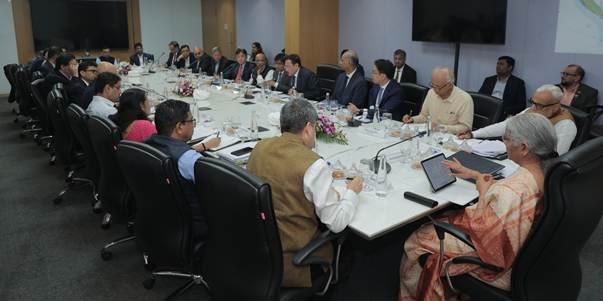Judiciary: a beacon of hope
Nishith Desai Associates hope that 2020 will witness effective dispute resolution that draws a fine balance between foreign investment and State regulation hence on.
While arbitrations and post-arbitration proceedings involving India continue to rise, the Mumbai-headquartered consultants are increasingly witnessing the growth of another species of disputes in courts.
India has been uneasily attempting to restrain investment arbitrations through anti-arbitration injunctions, where India stands as a Respondent, said Nishith Desai in its review of dispute cases in 2019.
And yet, in the midst of this myriad universe, it is heartening to note that India’s independent judiciary has been a beacon of hope as it compels the Indian Government to honour the kompetenz kompetenz principle, it said on 13 Jan 2020.
India is one among the top 10 countries for inbound FDI, and soon to be among top 20 for outbound FDI.
“We have assessed Indian FDI policies and their efficacies in various posts at Nishith Desai. As we enter 2020, let us look at the investor-State dispute scenario in India in 2019 under bilateral investment treaties (BITs) and Indian courts, with a brief recap of 2018,” said Nishith Desai.
Nishith Desai seeks to cater to foreign direct investors who have made investments into India and are anticipating or facing measures from the Indian government that could affect the value of their original investment.
It also caters to Indian investors making direct investments abroad and are anticipating or facing similar measures from the foreign governments. Perhaps an analysis of the year-round developments in India could be instrumental in tailoring strategies and approach to potential disputes against Indian government or by Indian investors.
In the last 5 years, FDI inflows in India rose by 11.5%, escalating up to US$62 billion cumulatively in FY 2018-19. The churn was also visible at the level of top investing countries.
In FY 2018-19, Singapore surpassed Mauritius as the highest investing country into India, followed by Japan, Netherlands and the United Kingdom. The services sector continued to remain the highest recipient of FDI, followed by computer software and hardware, telecommunication, construction development and trading.
What is more promising are the FDI outflows. In 2018-2019, Indian outbound FDI rose to US$11 billion. In the last decade, outbound FDI has witnessed a sea change not merely in quantum, but also in geographical spread and sectorial composition.
Indian companies and state enterprises are increasingly expanding their global focus. fiinews.com










